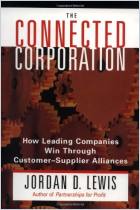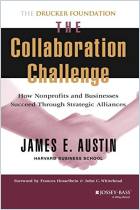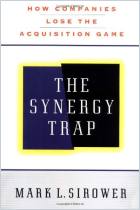
Book
Non-Cooperation
The Dark Side of Strategic Alliances
Read or listen offline
Amazon Kindle
audio autogenerado
1×
Ingrese para escuchar el resumen en audio.
audio autogenerado
Recommendation
Wilma W. Suen spent five years researching why half of all corporate alliances fail, and she shares her valuable insights in this book. While she hasn’t come up with a formula you can apply to determine whether to form or break an alliance, she does provide principles to keep in mind as you try to understand your alliance and its member companies. She provides real-world examples to illustrate her points. If you are considering an alliance, doing business with one or are already involved in one, getAbstract recommends this inside look.
Summary
About the Author
Wilma W. Suen consults with companies in the technology and airline industries. Her specialized work in corporate alliances began in 1998.


















Comment on this summary or Comenzar discusión